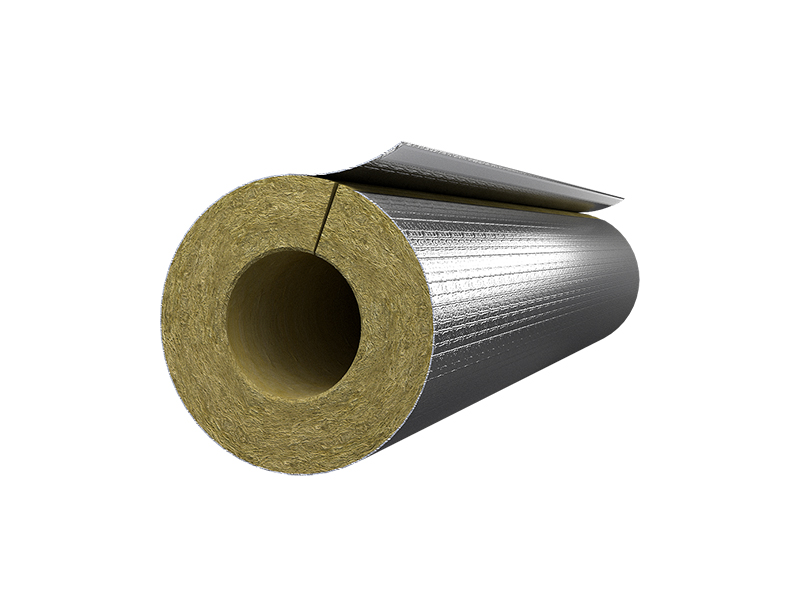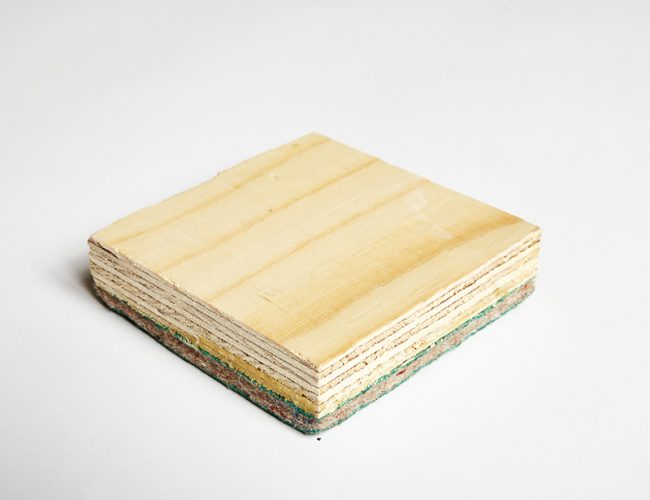Guide To The Best Practices For Isolating Acoustic Insulation At Home
We will discuss the distinctions between blocking and absorption and consider the role in indoor speech privacy. This course will educate students about the concept of the sound transmission class (STC), how it is calculated, and how it can be utilised in building acoustics plans and the design of acoustic rooms.
We will also go over the various ways Rockwool can use various buildings to meet specific acoustic objectives. We also guide the use of various building materials and assemblies to minimise the noise in the interior and create an environment that is healthy and productive for the building’s users.

What is Acoustic Insulation?
Acoustic insulation is one method to ensure your home is soundproofed. It’s typically a part of a floor or wall installation designed to offer comfortable sound for those who live there.
The most efficient way to control the acoustics of a building environment is to absorb or block the sound. An example is a sound-proofing wall, which has Acoustic Insulation within.
Many acoustic homes designs and building plans contain both of these and the other to cut down on unwanted sound transmission away from the source.
The materials used to block the interior noise are just as important as the space’s layout.
What Is Sound Isolation Anyway?
While “blocking” is the most commonly used term, sound isolation refers to the capability to hinder sound transmission between the source and receiver.
It is required if the room is on the upper floor or is next to another in some instances. The sound is blocked (or the sound is blocked) when sound bounces off reflective hard surfaces, like partitions, walls or windows.
However, absorption occurs in the process of absorbing and dispersing the sound. This is why soft materials are commonly used for sound absorption, like carpets and fabric panels or the perforated tiles for ceilings.
Sound isolation is achieved by the separation (or decoupling) assemblies to block the transfer of energy from the sound.
This acoustic floor insulation is commonly used in floating floors or walls; however, it doesn’t need to be utilised when creating a huge cement slab or even a concrete wall.
There is a variety of sound isolation that includes room-to-room and airborne, vertical and impact sound, one-way audio and single-way sounds.

Why Should You Consider Insulation?
The Rockwool insulation is a fantastic option to shield floors and walls from noise transmission. It is also used to create an insulator for sound.
Buildings with soundproofing are now an increasingly important aspect of renovations, retrofits or construction projects that are new. The people living in the building will feel acoustic peace in ceilings, floors, and walls.
Based on the National Institute of Building Sciences (NIBS), the fact that employees are provided with a comfortable environment is beneficial to their productivity and decreases absence.
They also discovered that the design of rooms which impact the productivity of workers is usually overlooked.
There is, however, an increase in the need for acoustic comfort. The reason for this is construction experts and people who are aware of its importance in everyday life. Another issue is the rising respect for building codes as well as the voluntary guidelines for acoustics.
It is essential to make sure that the residential areas are constructed with sound-blocking walls. This is especially important if you are looking to reduce noises through walls shared by others.
Rockwool pipe insulation is also essential in transforming the basement into a theatre or music room. Acoustic ceiling insulation design is also a fantastic way to minimise distractions from your office, as well as the impact of noisy neighbours.
Acoustic insulation is an effective instrument in commercial construction. It can be beneficial in a variety of ways, including:
1. Office Buildings
No matter if they’re open-plan and have private rooms or huge meeting rooms, employees in offices are exposed to sounds from close-by equipment such as printers, copy machines and phones, as well as other voices working in the office.
A healthier, happier, and more productive workforce can be achieved by establishing office privacy and reducing office noise.
2. Health Facilities
The sound in healthcare facilities could be an ongoing issue. It could be one of the items listed below: equipment for patient care or care team discussions, visitors, or any other noisy equipment. Importance of making hospital acoustics and privacy a vital component of the design process is crucial.
3. Schools And Educational Institutions
Students and teachers will hear the sound of hallway traffic, classroom conversations along with mechanical and electrical equipment.
Acoustic ceiling insulation plays a significant role in creating a positive and positive learning setting. There are many ways to get the sound isolator in space. Here are two of the ways to create the sound isolator in space.
The Rockwool Flexi Isolation is an important element in any acoustics system. There are numerous ways to attain that desired STC rating in your home, including stones wool for insulation.
To help you decide on the most appropriate approach for this project, let’s have a look at the concept of sound isolation and the way it’s assessed.
Countless Benefits For Spending On Insulation Includes:
1. Improved Floor Sound Insulation Properties
Rockwool thermal insulation can significantly reduce the sound from impacts, particularly when caused by the impact of footfalls on wood flooring. It can also reduce the transfer of airborne noise into the structure supporting it.
Like any other soundproofing device, the product is only as effective as the weakest link. Therefore it is important to ensure that your walls are soundproof so that there is no chance of unintentional flanking.
2. Minimal Increase in Floor Level
Because your insulation is the same thickness as standard carpet underlay and may be used in certain situations as a replacement for the carpet, you can increase the level of soundproofing without needing to increase the size of the flooring.
3. Easily Installed
The insulation made of Rockwool can be directly laid on the subfloor in certain circumstances or bonded to the sub-floor using a bonding adhesive.
In areas where there is likely to be a lot of traffic, it’s often recommended to put one more layer of soundboards over the underlay to prevent wear on the acoustic subway and eliminate the chance of carpet becoming rucked.
4. Can Help To Meet Rules and Regulations
Simple acoustics can greatly minimise both the sound of impact and airborne noise. For flat-conversions, Rockwool thermal insulation is a non-combustible substance and can withstand temperatures as high as 1000°C. This helps in allowing the development of the meeting.
5. 100% Recyclable
Certain acoustic instruments can be recycled completely after they have finished their lifespan, which helps reduce waste from landfills and the impact on the environment.
When Is Acoustic Treatment Most Effective?
Although there are shortcuts you can use to soundproof a room, it calls for ordinary household items; these techniques are not always effective.
While they might help capture certain sounds however they cannot prevent them from getting away. Additionally, they do not provide vital control over the sounds you want to capture with a high degree of accuracy.
For you to reap the maximum benefits from acoustic treatment, it’s worth the investment in acoustic insulation slab for your walls, floors and ceilings.
If you select the best options with the right choice of solutions, you’ll be able to focus on the music you’re looking for without losing any of its impacts.
